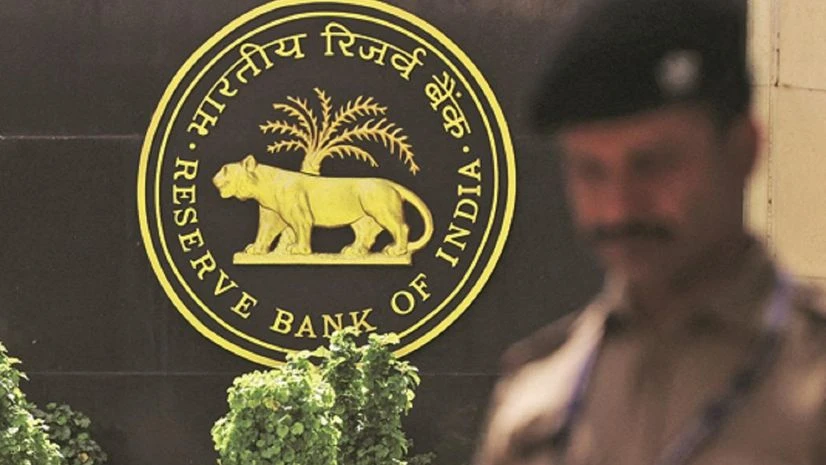Indian banks and non-banking financial companies (NBFCs) remained sound and resilient with banks’ gross non-performing assets (GNPAs) at a decade-low, but they need to strengthen their balance sheet further, improve governance standards, and remain watchful on the rise in unsecured loans, said the Reserve Bank of India’s (RBI’s) “Trend & Progress Report for 2022-23”.
The GNPA ratio of scheduled commercial banks (SCBs) — showing a declining trend from 2018-19 — fell further to 3.2 per cent at the end of September 2023.
“Lower slippages helped improve asset quality across all bank groups, with GNPA to total advances ratio of SCBs dropping to a 10-year low. Higher lending rates and lower provisioning requirements helped to improve the profitability of banks and shored up their capital positions,” the report said.
The report observed the Indian banking system and NBFCs were backed by high capital ratios, improved asset quality, and robust earnings growth. However, with the increase in deposit rates catching up with that in lending rates, the profitability of banks may moderate, the report said, though it will remain robust.
The report, which is published annually, referred to the interconnectedness between banks and non-banks and warned about contagion risk.
Also Read
“Several NBFCs maintain borrowing relationships with multiple banks simultaneously. Banks are also key subscribers to their debentures and commercial papers. Such concentrated linkages may create contagion risk,” the report said.
Although banks are well capitalised, the report said they needed to constantly evaluate their exposure to NBFCs as well as the exposure of individual NBFCs to multiple banks.
NBFCs on their part should focus on broad-basing their funding sources and reduce over-dependence on bank funding, the report said.
At end-March 2023, bank borrowing replaced debentures as the largest source of funds for NBFCs, and continued to exhibit high growth at the end September 2023. Around two-thirds of NBFCs’ borrowing is payable in more than 12 months.
The report observed the sharp rise in unsecured loans of both banks and NBFCs.
“In the recent period, the rate of growth of the unsecured retail segment has outpaced total bank credit growth,” the report said, though it added that such loans had not shown any deterioration in asset quality so far.
The share of unsecured advances in the total credit of scheduled commercial banks has been increasing since end-March 2015, reaching 25.5 per cent by end-March 2023. More than 50 per cent of loans by foreign banks are unsecured, while the share is lower at 27.3 per cent and 22.6 per cent for private banks and public-sector banks, respectively.
NBFCs, on the other hand, saw double-digit credit growth in 2022-23 mainly on account of unsecured loans. The growth of unsecured loans, which was 28.1 per cent, was more than twice that of secured loans, which grew 11.5 per cent. As a result, the share of secured loans in NBFCs’ credit fell from 72.4 per cent at end-March 2022 to 69.5 per cent at end-March 2023, while that of unsecured loans inched up from 27.6 per cent to 30.5 per cent over the same period.
The rise in unsecured loans and bank lending to NBFCs prompted the regulator to increase the risk weight for such loans in November. The report said the move was pre-emptive in nature and in the interests of financial stability.
“Overall, banks and NBFCs need to further strengthen their balance sheets through robust governance and risk management practices to meet the growing aspirations of the Indian economy,” the report said.

)
